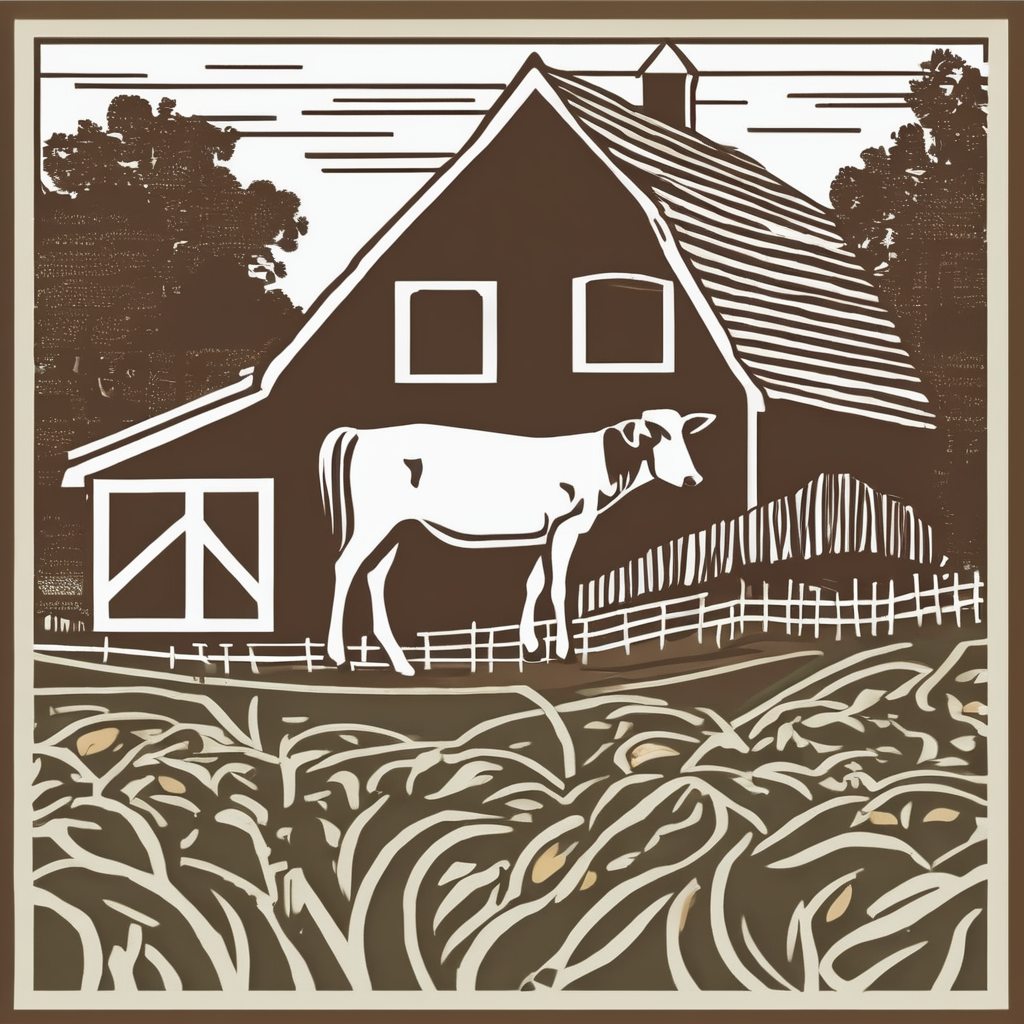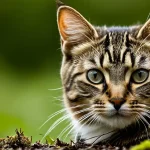Habitat Loss and Degradation in the UK
Understanding the challenges faced by UK wildlife habitats
Habitat loss in the UK is primarily driven by land use change, including urbanisation, agriculture intensification, and infrastructure development. These activities often lead to fragmentation and degradation of natural environments, significantly impacting UK wildlife populations. For example, expanding cities consume surrounding green spaces, reducing the habitats necessary for species survival. Agricultural practices, especially those involving monocultures and pesticide use, further diminish habitat quality and connectivity.
Also read : What Recent Discoveries in the UK Could Enhance Animal Conservation Efforts?
Two species notably affected by habitat loss are the hazel dormouse and the nightingale. The hazel dormouse, reliant on well-connected woodland and hedgerow networks, has seen a steep decline due to woodland clearance and hedgerow removal. Similarly, the nightingale’s breeding grounds, often dense scrub and woodland edges, have been degraded by infrastructure projects and changes in land management, threatening its presence in the UK.
Addressing habitat loss requires balancing human demands with conservation priorities. Protecting and restoring habitats not only aids endangered species but also benefits the broader ecosystem. Prioritising habitat connectivity and quality is essential to mitigate the ongoing degradation affecting UK wildlife. Recognising these patterns of habitat loss helps target conservation efforts effectively.
Also read : How can UK citizens contribute to wildlife preservation?
Effects of Climate Change on UK Biodiversity
Climate change is altering UK species’ habitats through shifting temperatures and erratic weather patterns. These changes impact species survival by disrupting breeding cycles, food availability, and habitat suitability. Warmer winters and hotter summers cause some species to struggle, as their physiological limits are tested beyond historic conditions.
For example, the Scottish wildcat, already endangered, faces increased threats as rising temperatures shift its prey’s distribution, forcing the wildcat to compete more aggressively for food. Similarly, the Atlantic puffin’s breeding success diminishes as warmer seas reduce the abundance of small fish they rely on. Puffins depend on cold-water fish, and altered weather patterns lead to mismatches between chick hatching and food peak availability.
These effects signal a broader decline in biodiversity. As species fail to adapt quickly enough, ecosystems may lose resilience, undermining ecological balance. Preventing habitat fragmentation and supporting species movement corridors can help species adjust to new climatic realities.
Understanding how climate change reshapes the UK’s natural environment highlights the urgency of conservation efforts tailored to support vulnerable UK species. Such strategies must consider ongoing climate trends and their cascading influence on biodiversity.
Pollution and Its Impact on Endangered Species
Pollution poses a significant threat to endangered species by altering their habitats and introducing harmful substances. Agricultural chemicals, like pesticides and fertilizers, create chemical run-off that seeps into rivers and lakes. This contamination disrupts aquatic ecosystems, endangering species such as the freshwater pearl mussel. These mussels are particularly sensitive to water quality changes, and chemical pollution affects their reproduction and survival rates.
Plastic waste is another major pollutant that impacts both terrestrial and aquatic species. It can cause physical harm when ingested or entangle animals, leading to injury or death. Species like the otter are vulnerable to these challenges, as plastic debris accumulates in freshwater habitats and along riverbanks where they live.
The combination of chemical run-off and plastic pollution decreases biodiversity and compromises the health of endangered populations. Efforts to reduce agricultural chemical use and manage plastic waste are critical to protecting these vulnerable species. Understanding how pollution affects different animals helps inform conservation strategies and policy decisions, ultimately promoting the survival of endangered species in polluted environments.
Invasive Species and Competition
Understanding their impact on UK ecosystems
Invasive species, often termed non-native species, pose significant challenges to the biodiversity and balance of UK ecosystems. When these organisms establish themselves, they engage in intense competition with native species for vital resources like food, space, and shelter. This competition can drastically alter population dynamics.
For example, the grey squirrel, an invasive species introduced from North America, has become infamous for outcompeting the native red squirrel. This competition stems from the grey squirrel’s ability to digest acorns more efficiently and transmit the squirrelpox virus, which harms red squirrels but not the grey variety. Consequently, red squirrels have seen severe declines in habitats where grey squirrels become dominant.
Similarly, the signal crayfish, introduced for aquaculture, competes with native crayfish species for shelter and food. It also spreads the crayfish plague, decimating native populations further.
Invasive species often disrupt ecosystem functions by altering food webs and habitat structures. Such changes can cascade, impacting a variety of indigenous organisms reliant on stable environments. Addressing invasive species effectively requires understanding these competitive interactions to safeguard native biodiversity within UK ecosystems.
Overexploitation and Unsustainable Human Activities
Unsustainable human activity severely threatens wildlife, particularly through overexploitation such as over-harvesting and the illegal wildlife trade. These actions unbalance ecosystems by removing species faster than they can recover. For example, species like the red squirrel suffer from habitat loss and hunting pressures intensified by human intrusion.
In addition, recreational activities can cause significant habitat disturbance. Constant human presence in natural areas disrupts breeding, feeding patterns, and leads to habitat degradation. Bats, which are sensitive to environmental changes, are especially vulnerable when caves or roost sites are disturbed. The illegal wildlife trade exacerbates these pressures by targeting vulnerable species for profit, further diminishing already fragile populations.
The hen harrier faces similar threats from unsustainable human behaviors, including persecution and disturbance in nesting areas. These impacts collectively hinder conservation efforts and risk further declines. Reducing overexploitation requires stringent regulation to control hunting, curtail illegal trade, and manage human recreational use in sensitive habitats. Protecting these species hinges on balancing human interests with ecological sustainability to ensure long-term survival.
Summaries of Key Reports and Conservation Efforts
Recent UK conservation reports underscore the urgent need for action to halt species decline. Government documents highlight alarming reductions in butterfly populations and bird species linked to habitat loss and climate pressures. These reports call for strengthened protections and habitat restoration to stabilize vulnerable ecosystems.
Non-governmental organizations (NGOs) complement these efforts with targeted programs. Initiatives focus on safeguarding key habitats such as woodlands and wetlands, where many at-risk species reside. For example, rewilding projects aim to restore natural processes, benefiting biodiversity and ecosystem resilience.
Government and NGO collaboration drives many solutions. Funding schemes support landowners in adopting wildlife-friendly practices, while monitoring programs provide vital data on species trends. Together, these approaches address root causes like pesticide use and landscape fragmentation.
By combining insights from government reports and drawing on the expertise of NGOs, a clearer picture emerges of ecological challenges and potential remedies. The synergy between these entities strengthens the overall conservation framework in the UK and offers hope for reversing some declines if sustained efforts continue.
Understanding Robot Hoover Technology
Robot hoovers are sophisticated devices designed to make cleaning effortless. They use a variety of sensors and intelligent programming to navigate your home efficiently. One key technology is mapping software, which allows the robot hoover to create an internal map of your rooms. This helps it cover every corner without unnecessary repetition.
Another crucial feature is obstacle detection. Robot hoovers employ infrared or laser sensors to identify and avoid furniture or obstacles. This is essential for maintaining smooth operation and preventing damage to both the hoover and your belongings.
Many models integrate smartphone connectivity. This feature lets you schedule cleaning sessions, adjust settings, and monitor progress directly from an app. For tech-savvy users, this adds convenience and real-time control.
Battery technology also plays a major role. Advanced lithium-ion batteries provide longer run times and faster charging, enabling the robot hoover to clean larger areas in a single session.
In summary, robot hoover technology combines mapping, obstacle detection, smart controls, and powerful batteries. These features work together to ensure your floors stay clean with minimal effort on your part. Exploring these technologies can help you choose the right robot hoover tailored to your home’s needs.

